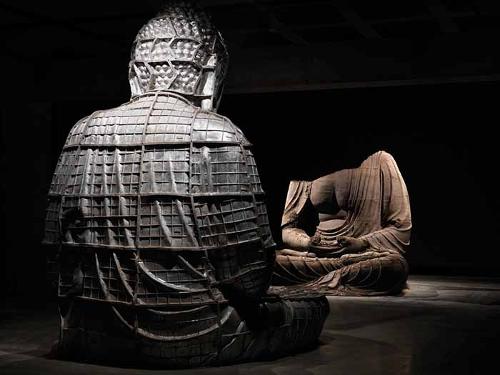Half a century and 40,000 years of culture: The industrialisation of the Pilbara
Large-scale mining came to the Pilbara relatively late, iron ore since the mid-1960s, and gold, tin and other minor prospecting activities a century before, from the 1870s. Aboriginal people came into this same region at least 40,000 years ago, providing a rich cultural tapestry across the landscape. Of this cultural heritage legacy, the most obvious and visually stunning is their rock art. Arguably, the greatest body of petroglyphs (engraved rock art) in the world is that within the Dampier Archipelago, including Burrup Peninsula, where it is estimated that at least one million images exist. This same place now houses one of Australia’s busiest bulk-handling ports, shipping both iron ore and liquefied natural gas. This is a landscape that has seen commercial exploitation since Europeans arrived in the nineteenth century to take the whales and pearl shell from the waters of the Archipelago, changing irrevocably the life of the original inhabitants. But it is within the last fifty years that mineral exploitation has impacted so much on the cultural legacy of Pilbara people.













